Uncovering electric vehicle myths, lies and disinformation
Two years ago, we published Electric Vehicles: The road to disruption. Published ten years after the launch of the Tesla Model S and the birth of the modern electric vehicle (EV) industry, it looked at the ability of EVs to disrupt the motor vehicle industry and the possibility that EV sales would exceed market expectations.
This article looks at the developments in the EV industry in the two years since, including EV sales, pricing, and advances in battery technology. It also looks at the growing phenomenon of EV myths and disinformation, often traceable to interests aligned with the fossil fuel industry, and fact checks some of those claims.
Sales continue to soar
Sales of battery-electric vehicles (BEVs) and plug-in hybrids (PHEV) reached 14.1 million units in 2023, 34% higher than 2022 and more than double 2021. EVs now represent over 16% of all light vehicle sales.
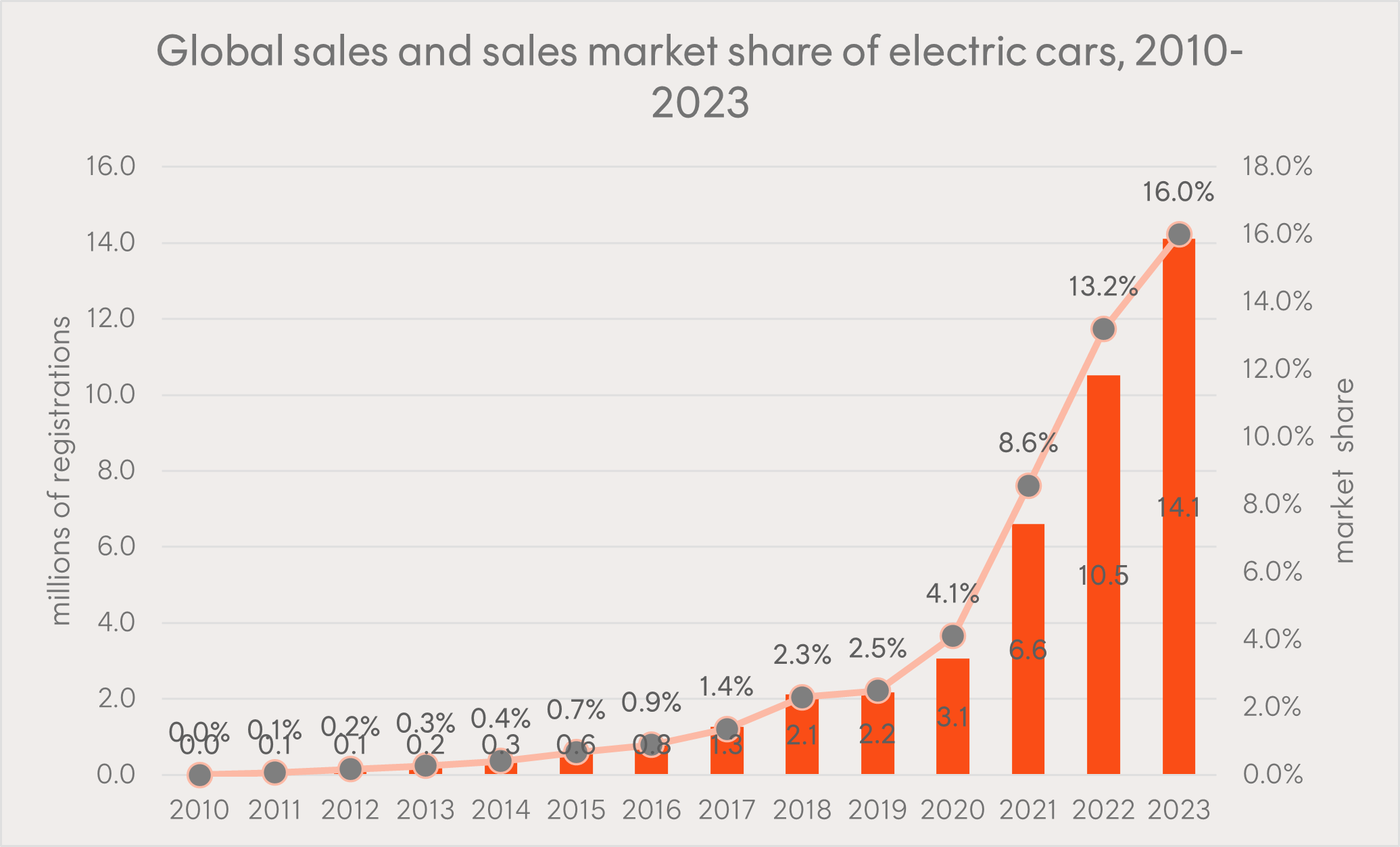
Source IEA, ev-volumes.com, Betashares.
EV sales in 2023 exceeded market expectations by around 300,000 vehicles largely due to higher-than-expected sales in China, where the EV market share is now 33%.
In North America, EV sales rose 47% to 1.6 million in 2023, while in European EV sales rose 31% to 3.3 million.
The introduction of point-of-sale tax credits on EVs in the US is expected to support continued growth in that market, despite the headwind of higher interest rates. In Europe, subsidy changes in France and Germany may see slightly lower rates of growth in those markets(1).
Battery prices plummet…
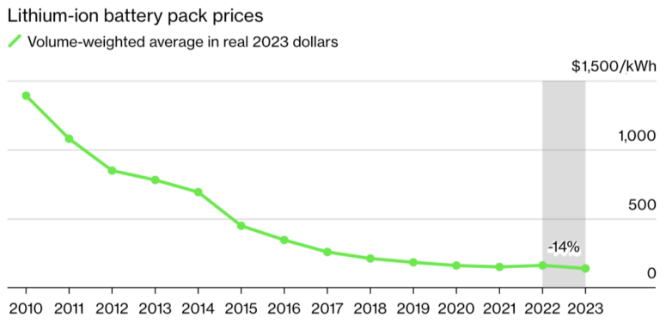
Source: BloombergNEF.
In 2014, when EV battery prices were US$500 per kWh, futurist Tony Seba predicted a price of US$50 per kWh by 2027. That prediction was not taken at all seriously by mainstream analysts. Since then, battery manufacturing capacity has doubled every two years, and the price of EV battery packs has fallen to US$139 per kWh(2).
In January 2024, the world’s largest battery manufacturer, Chinese company CATL, announced a cut in the price of its lithium iron phosphate (LFP) cells of more than over 50 percent, taking the price to just US$56.47 per kWh(3). Battery costs are a major component in EV pricing and further falls in the price of Li-ion cells will reduce the cost of EVs. In the same week as the CATL announcement, Chinese automaker BYD launched its four-door sedan Qin Plus EV at just RMB 109,800 (A$23,000)(4).
BYD’s US$15,000 Qin Plus EV
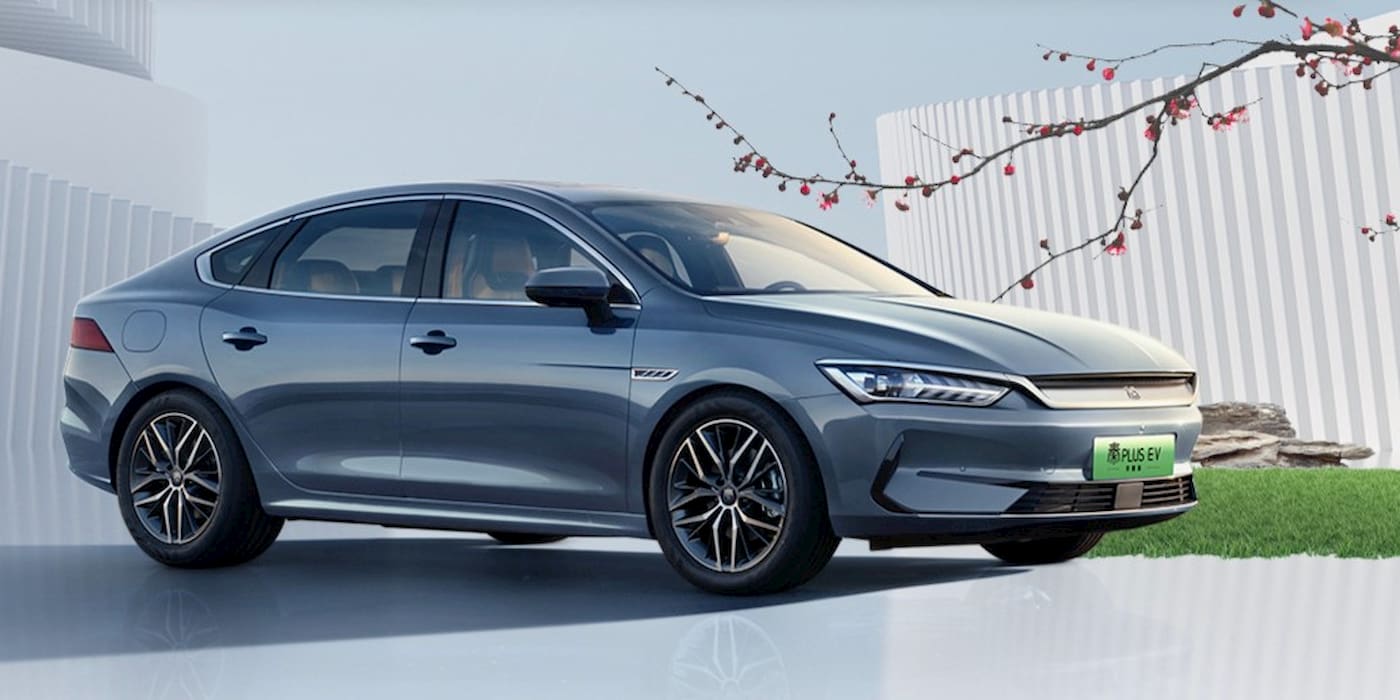
Source: Electrek.com
…while battery tech breaks new ground
Criticised for being a laggard in EV development, in September 2023 Toyota announced a breakthrough in the development of a ‘solid-state’ battery with a range of 1,200 kilometres and a charging time of just ten minutes. Toyota expects to have the new technology ready for scale production in 2027(5).
Further out, new technologies and materials will result in faster charging batteries with greater energy density and resilience. This includes the use of graphene, which is one hundred times more efficient in conducting electricity than copper, and the introduction of silicon anodes, which can hold ten times more lithium-ions than the graphite anodes used currently.
In December 2023, Israeli firm Electreon, opened a 400-meter stretch of road in Detroit capable of wirelessly charging electric vehicles as they drive over it. Originally conceptualised by Nikola Tesla, Dynamic Wireless Power Transfer (DWPT) transfers energy to vehicles fitted with special receivers without the need for a physical connection. Swinburne University of Technology has received $11 million in grant funding from the Federal Government, the Australian Research Board, Siemens and electric truck manufacturer SEA Electric to trial the technology in Australia.
Heavy transport goes electric
The last two years have resolved whatever uncertainty remained as to the decarbonisation pathway for the road freight industry. Hydrogen fuel cells, which once seemed a possible option for heavy transport, have largely been rejected as a viable option.
“Three times more on running costs, two times more on capital costs, you’d have to be insane to buy a hydrogen-powered truck.”(6)
Professor David Cebon, Centre for Sustainable Road Freight
The Tesla Semi
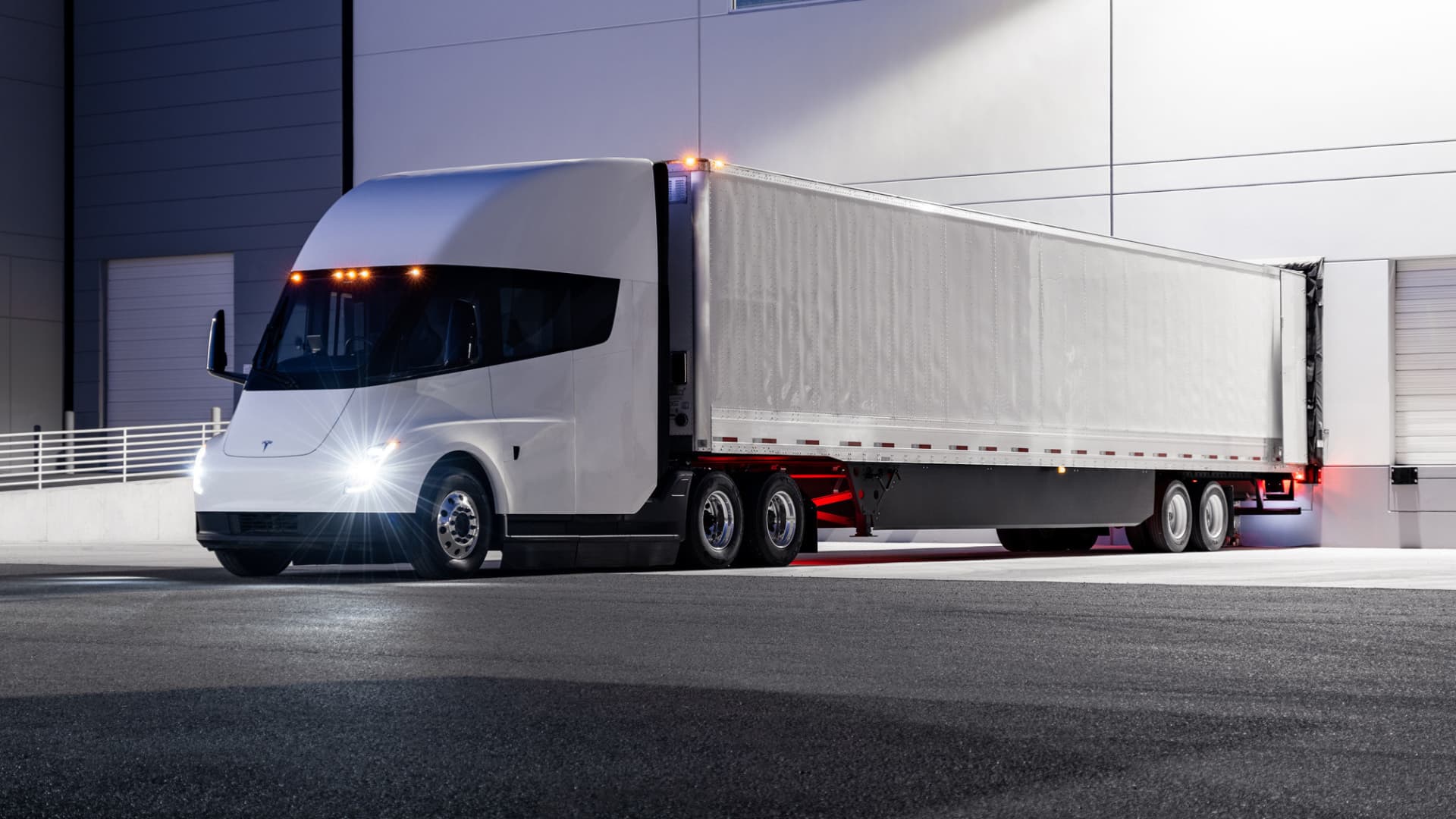
Source: Drive.com.au
Until recently, range and charging time have been an impediment to the take up of electric vehicles by the trucking industry. More recently, the combination of better batteries, faster charging, and battery swapping infrastructure is rapidly changing the outlook for electric heavy and medium trucks.
Electric vehicles still represent less than 1% of heavy and medium truck sales globally. However, that number is set to increase with major fleets in the US committed to transitioning to 30% electric vehicles by 2030(7). In Europe, where shorter distances and lower payloads will boost the rollout of electric trucks, it is expected that 40% of all new truck sales in 2030 will be electric8. In China, a total of 11,500 electric heavy-duty trucks were sold between January and June 2023. Of these, 5,72(8) were battery-swap capable, taking up roughly 50% of market share.
EV myths, lies and disinformation
The release in February of proposed vehicle emissions standards highlighted a growing trend in the climate change debate. With outright climate denial less tenable in the face of rising temperatures and increased extreme weather events, the ‘merchants of doubt’(9) have pivoted to attacks on climate change solutions, with EVs firmly in their sights. Some of the most pervasive include:
Myth 1: EVs are slow and don’t handle well
Many car enthusiasts deride the performance of EVs without ever actually driving one. The instantaneous torque of an electric motor means an EV will accelerate faster than a comparable internal combustion engine car (ICE). BYD’s recently released YangWang U9 AWD EV can accelerate from 0-100 km/h in 2.36 seconds, faster than the substantially more expensive Ferrari 296GTB. Although typically heavier than an ICE, EV’s have a lower centre of gravity, making them more stable and offering better handling.
BYD YangWang U9
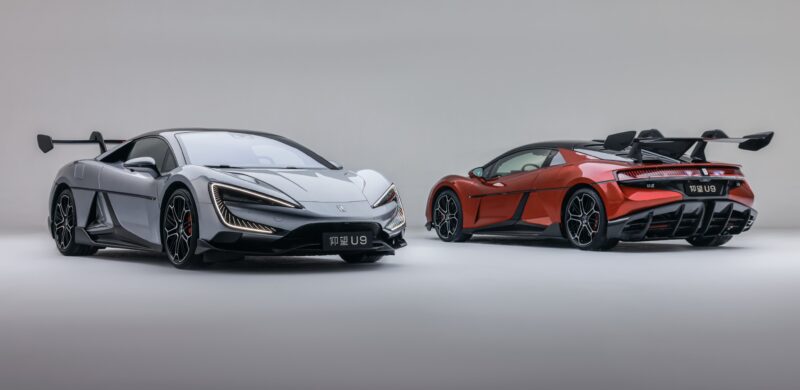
Source: Car News China.com
Myth 2: EV are worse for the climate than an ICE
This piece of misinformation states that because of emissions during manufacturing, and the fact that EVs are charged from fossil fuel generated electricity, they are worse for the environment than an ICE vehicle. Fuelled by pseudo-science studies from fossil fuel-funded think tanks like the Manhattan Institute and Australia’s Institute of Public Affairs, this myth is repeated so often it is occasionally quoted as fact by the mainstream media.
Electric vehicles (EVs) have no tailpipe emissions. Generating the electricity used to charge EVs, however, may create carbon pollution. However, even accounting for these electricity emissions, research shows that an EV is responsible for lower levels of greenhouse gases (GHGs) than an ICE. To the extent that more renewable energy sources are used to generate electricity, the total GHGs associated with EVs could be even lower.
There have been numerous studies estimating the lifetime emissions of EVs versus ICEs. They consistently show that the lifetime emissions from an EV, even when charged on the most carbon intensive of grids, is lower than a comparable ICE.

Source: U.S. Department of Energy/Argonne National Laboratory
Myth 3: EVs have insufficient range for Australian conditions
While Australians may think of ourselves as living in a wide-open land, the reality is 90% of us live in just 0.22% of the country’s land area(10). On average, we drive just 33 kilometres a day(11). Even on the iconic family road trip, few of us drive more than 500km in a day, and certainly not more than that without a break.
The average EV in Australia has a range of over 300 kilometres with some models such as the Polestar 2 Long Range, Tesla Model 3 Long Range, and Hyundai Ioniq 6 Dynamic offering greater than 600 kilometres on a single charge. Fast charging infrastructure in Australia is rolling out fast, with plans to locate a charger within every 70-100 kilometres by the end of the decade(12).
Myth 4: EV batteries cause ‘apocalyptic’ fires
When the roll-on, roll-off (RORO) car carrier Fremantle Highway spectacularly caught fire, both social and mainstream media was quick to blame an EV battery as the cause of the fire. However, all 498 electric vehicles on the ship were recovered without significant damage, and none of them contributed to the fire, the cause of which remains unknown(13).
EV battery fires are a concern, because they burn fiercely and can release toxic gases with the risk of vapour cloud explosions. EV battery fires are difficult to extinguish, as they are impervious to common fire suppressants. However, they are extremely rare.
In Australia, there have been two fires attributed to EV batteries. One battery was damaged and had been removed from the vehicle, the other was pierced by a large piece of road debris. According to research, an EV passenger vehicle is around 100 times less likely to catch fire than an ICE(14).
Myth 5: You can’t tow a boat with an EV
The claim that EVs can’t tow is patently false, with many models in the Australian market listing regulation-compliant tow capacities(15). In fact, electric motors with their abundant torque are ideal for towing heavy loads, which is why we use them on trains and trams. Towing will reduce the range of an EV, so some planning around charging may be required for longer road trips. But the claims of EV sceptics simply don’t stack up.
Mini Electric towing a Boeing 777

Source: evcentral.com.au
Myth 6: EVs don’t start in cold weather
A recent cold snap in Chicago left a number of EV drivers unable to charge their cars, creating a traffic jam near Chicago airport. Media outlets were quick to run headlines like “Electric vehicle owners face huge challenges amid Chicago cold snap.”(16)
EV batteries charge more slowly when they’re cold. If it’s extremely cold they won’t charge at all. Because of this, batteries need to be preconditioned (warmed) prior to charging. Something that’s usually done using a smartphone app half an hour beforehand.
The news that EV owners face “huge challenges” in cold weather came as a surprise in Norway, where the temperature regularly drops below -20°C. EV sales in Norway represented 82% of new car sales in 2023 with 126,953 vehicles sold(17). The fact is EV’s have several advantages in cold weather, including being able to pre-warm the vehicle before a trip, while it’s still plugged into the charger.
Conclusion
The introduction of vehicle fuel efficiency standards will require car companies to offer more fuel-efficient vehicles to consumers. It will see an acceleration in the take-up of EVs in Australia, catching up to trends overseas. EVs sales have now passed the point of inflection and EV pricing will reach parity with ICEs in the next few years. It is now clear that EV sales are likely to overtake ICE sales sooner than previously expected, and increasingly dominate the passenger vehicle market.
Learn more
Serving thousands of advisers and over 1 million investors, Betashares currently manages over $37 billion in assets across the broadest range of ETFs on the market. Learn more.

